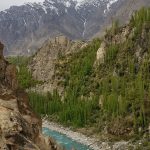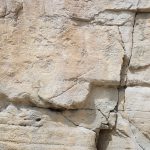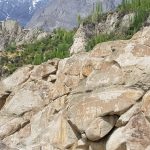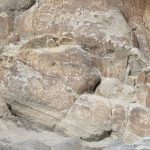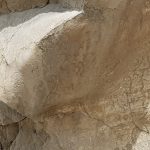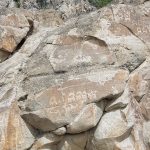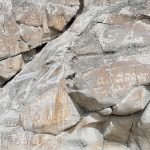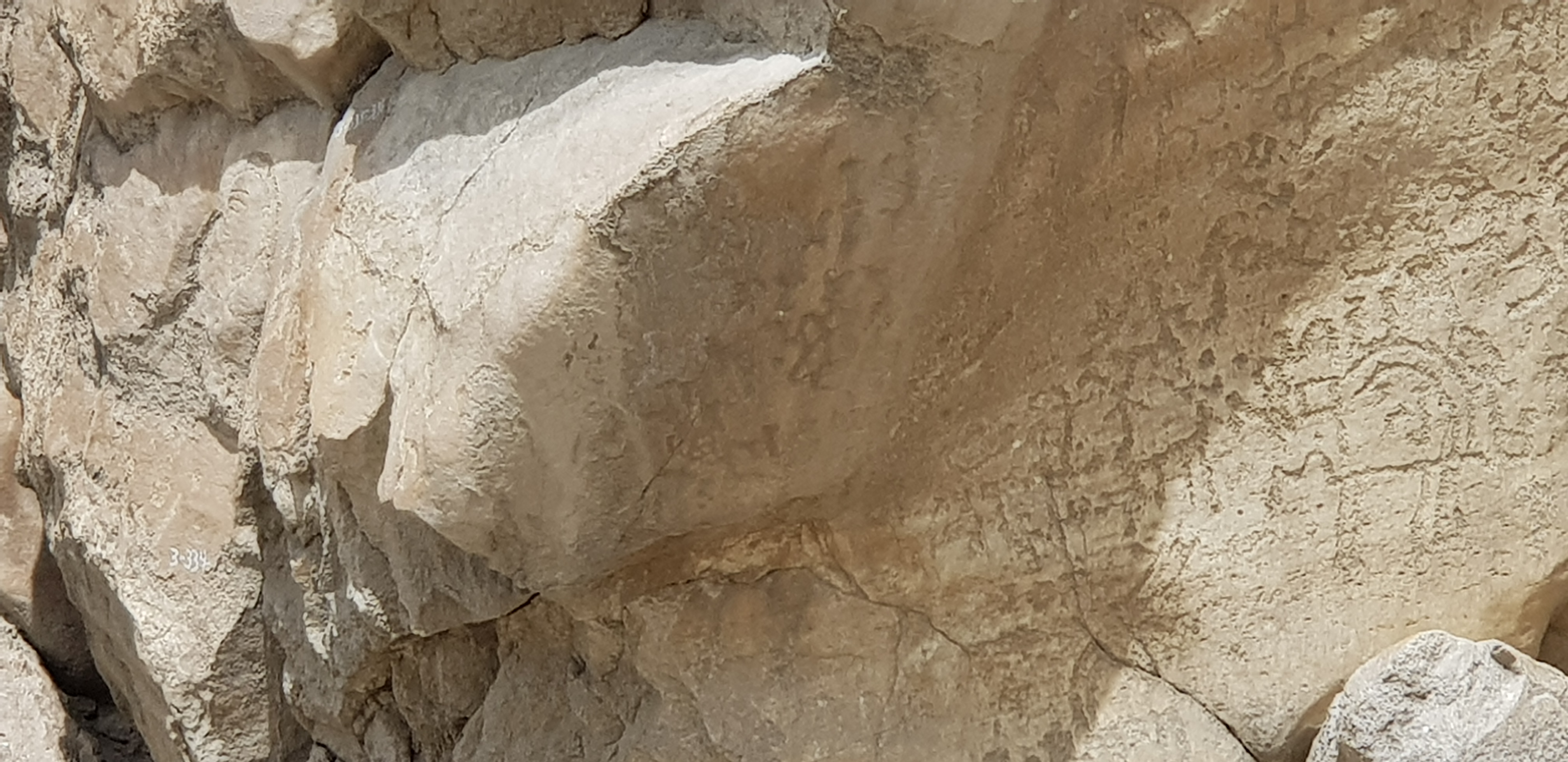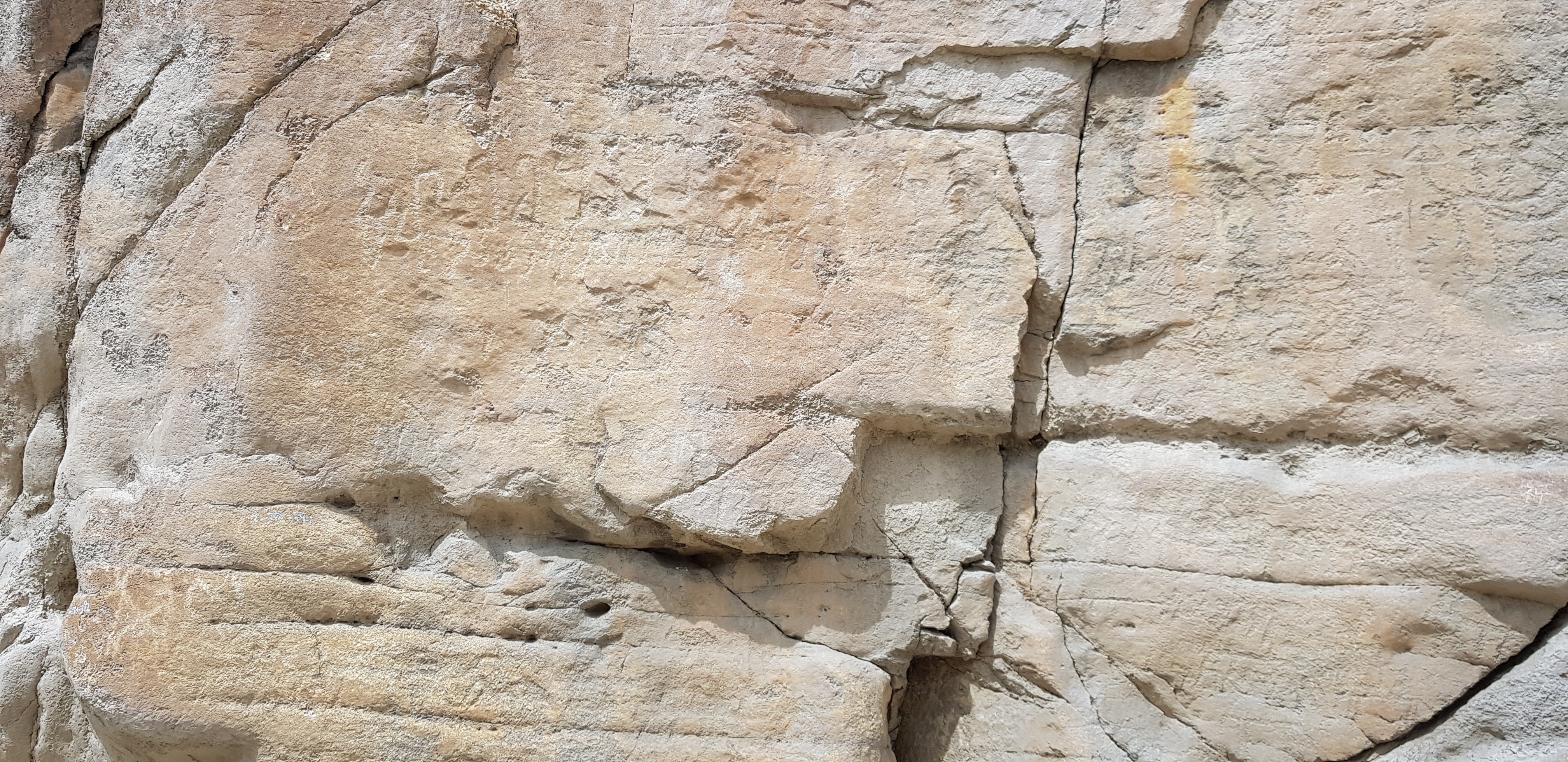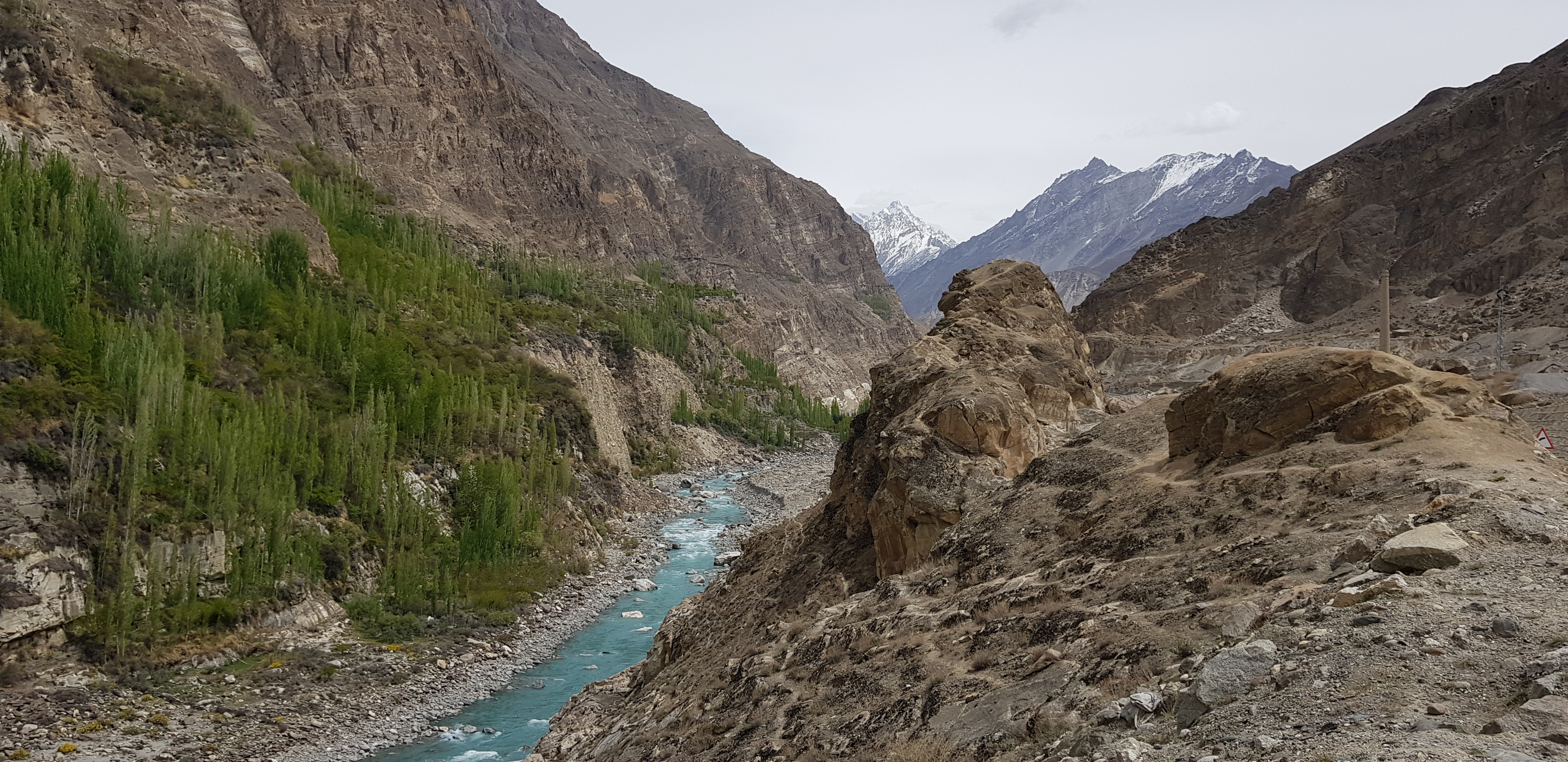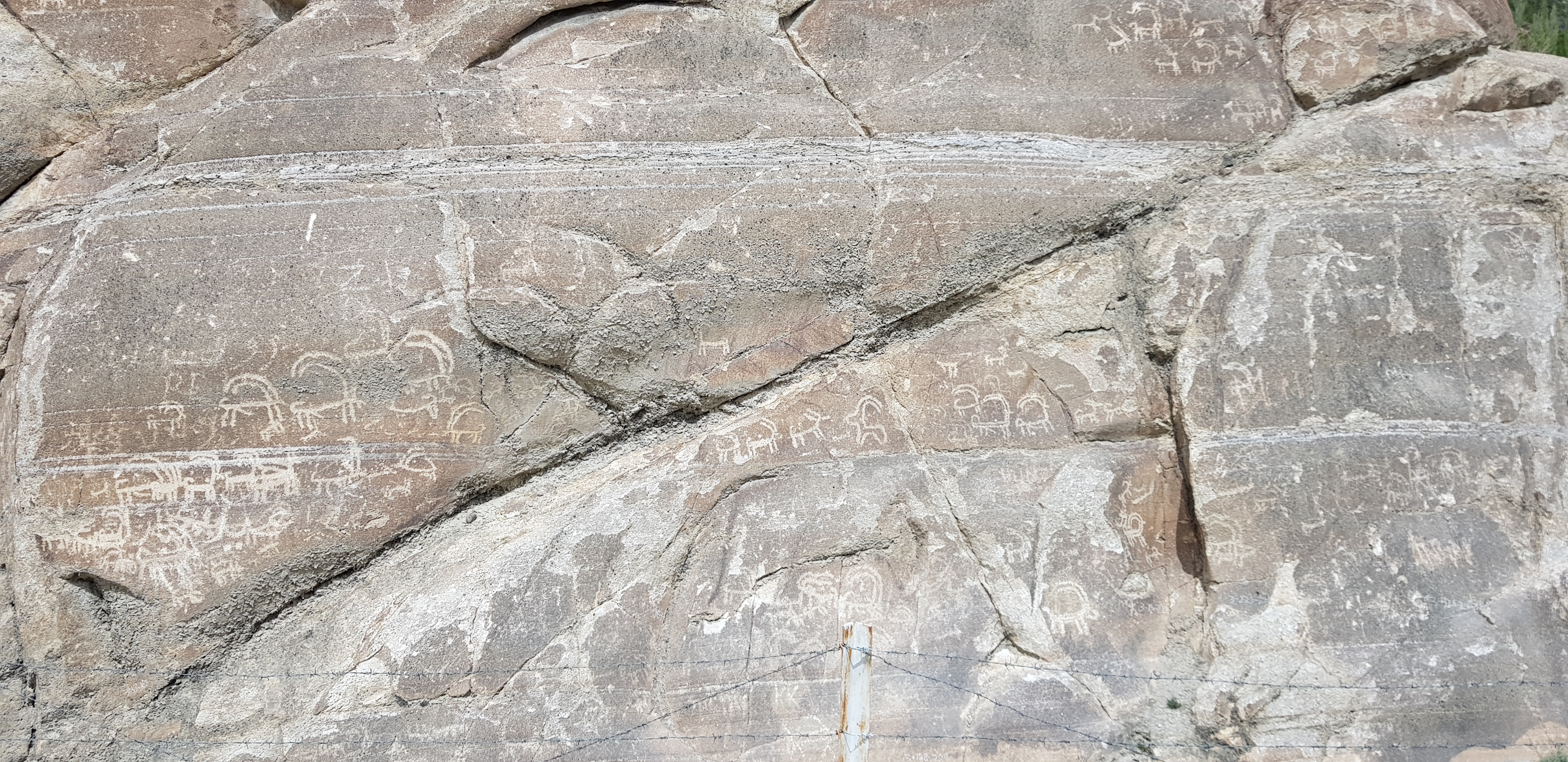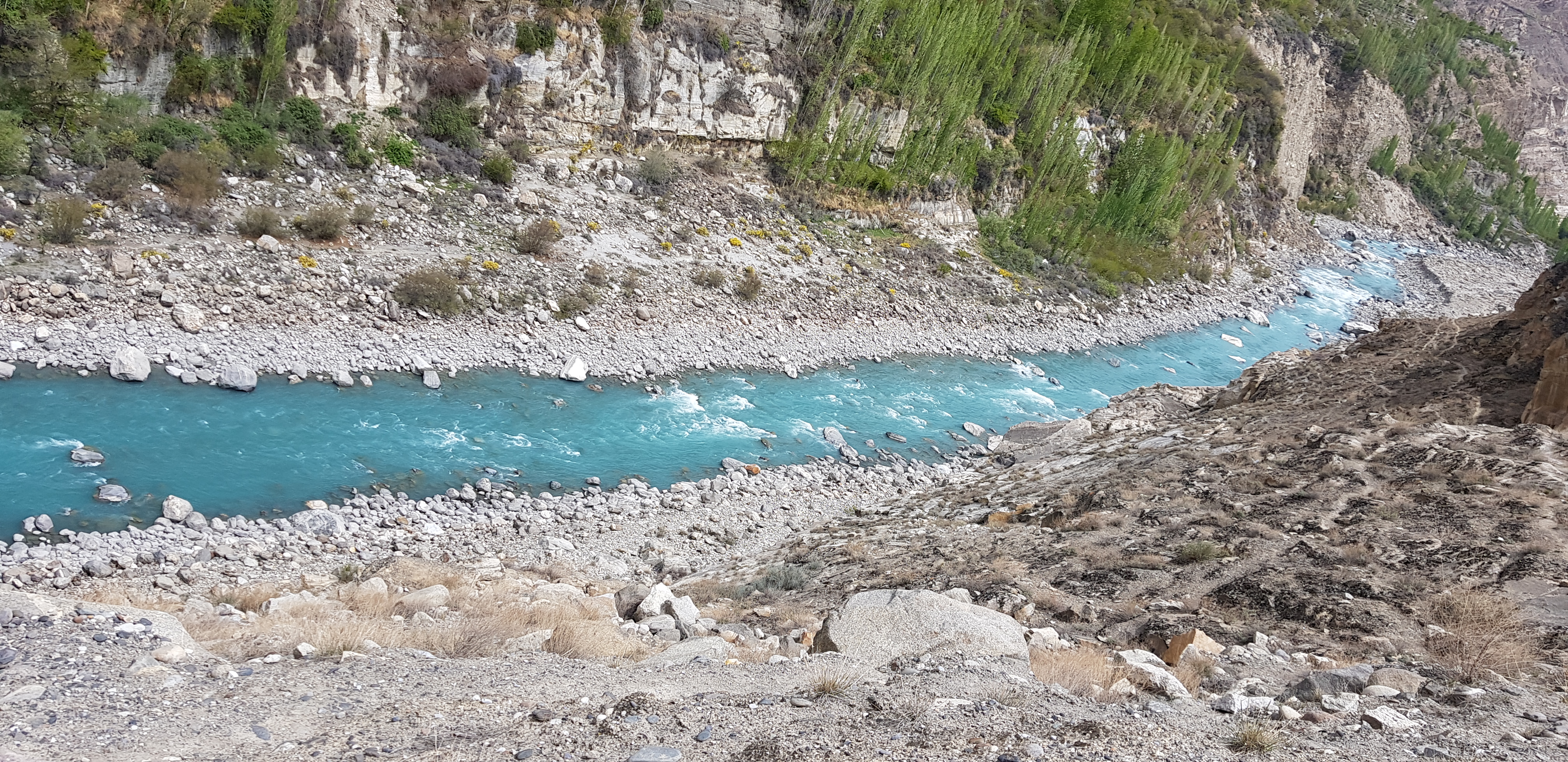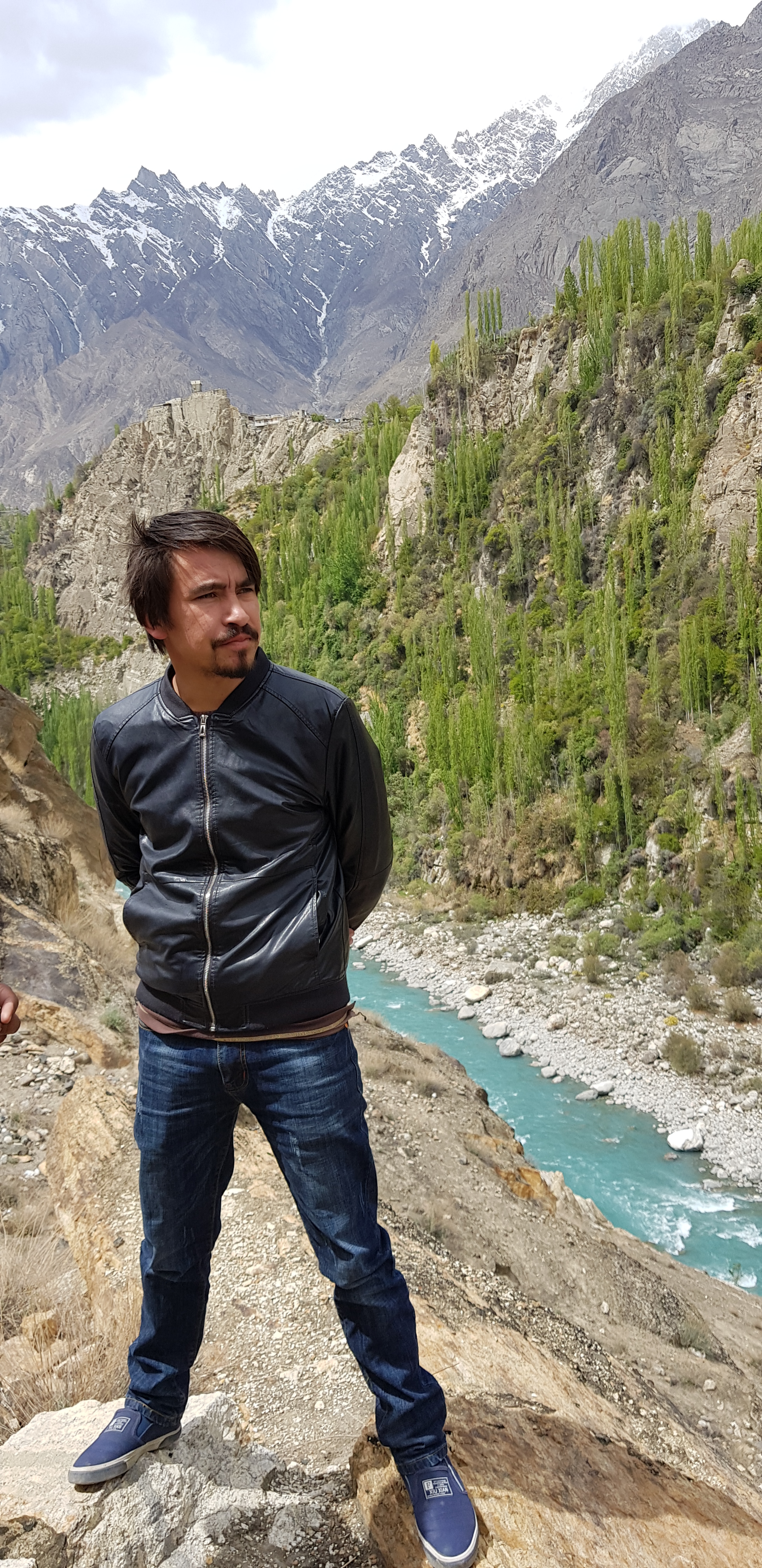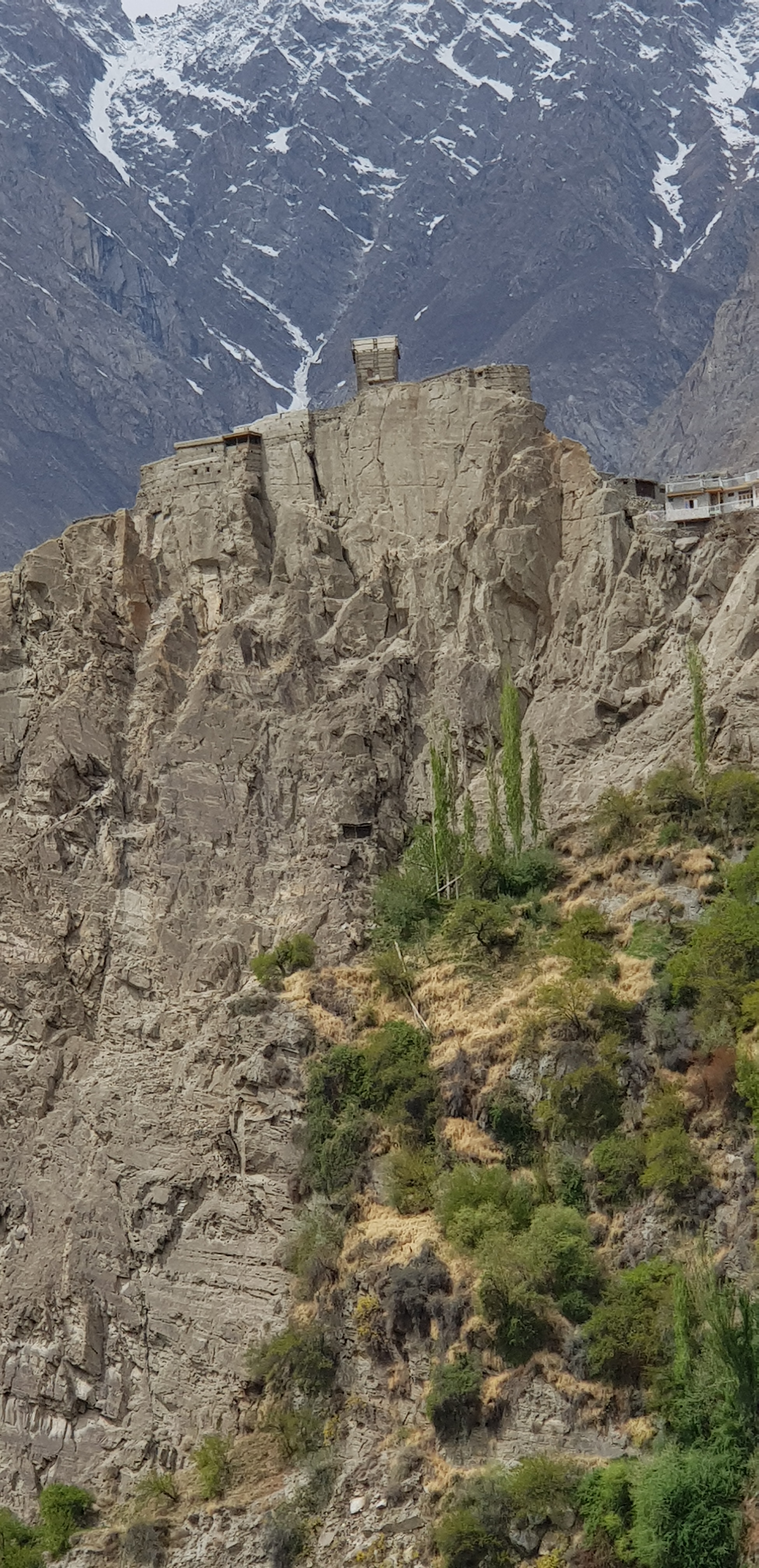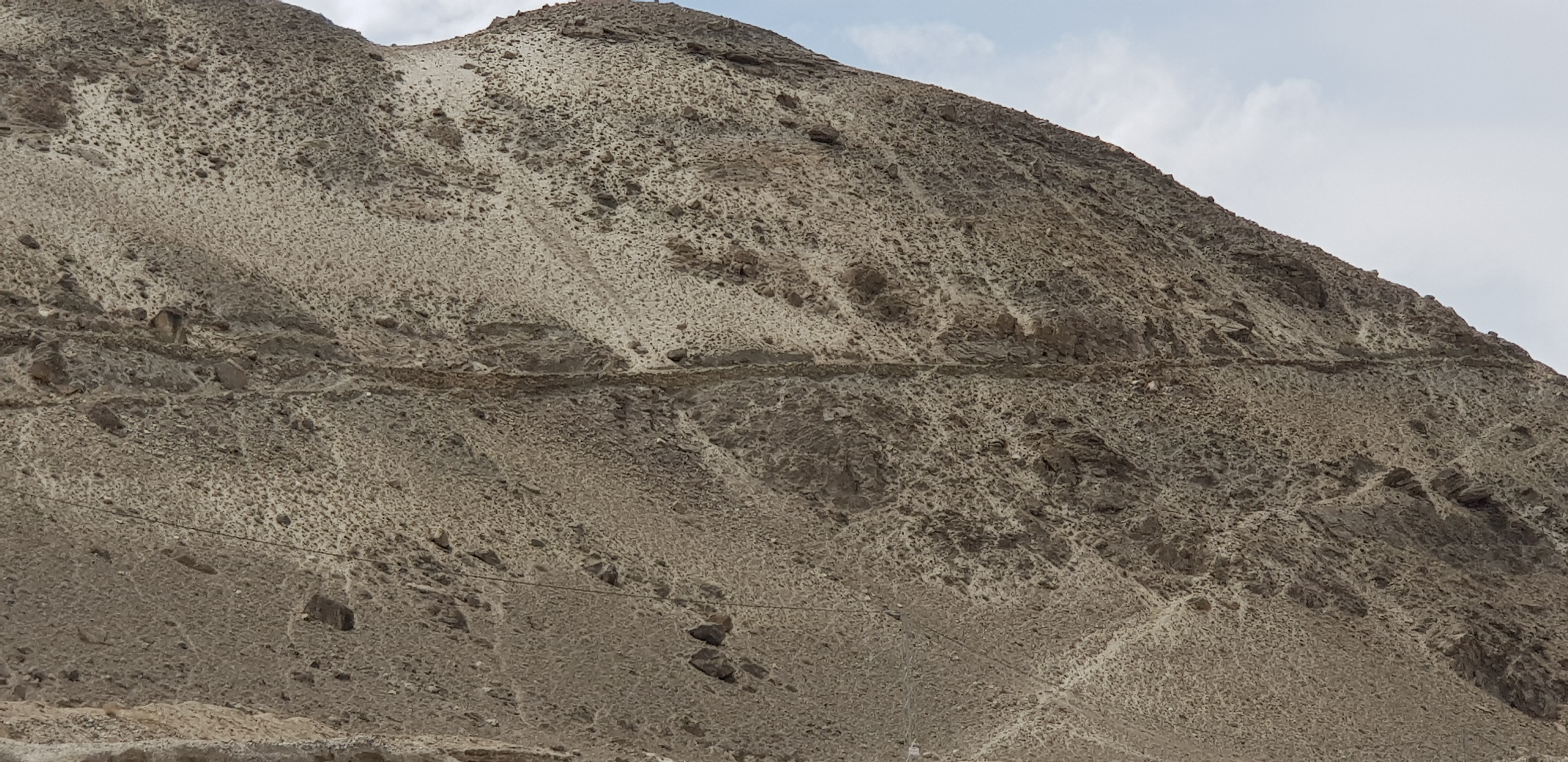The Sacred Rocks of Hunza are one of the earliest sites of Petroglyphs along the ancient silk route.
Situated between the Hunza River and the Karakoram Higway, a short 5 minute drive from the UNESCO enlisted village of Ganish Hunza, and insite of Altit Fort, the Sacred Rocks of Hunza date back into millenium.
180 metres in length and 9 metres at their highest point, the Sacred Rocks of Hunza consist of four main boulders with two stages of rock engravings and carvings. The name Haldeikish translate to ‘a place of many male Ibex’, with engravings of Ibex scattered along the rock faces, a message to all travellers that wild Ibex were plentiful in this area.

